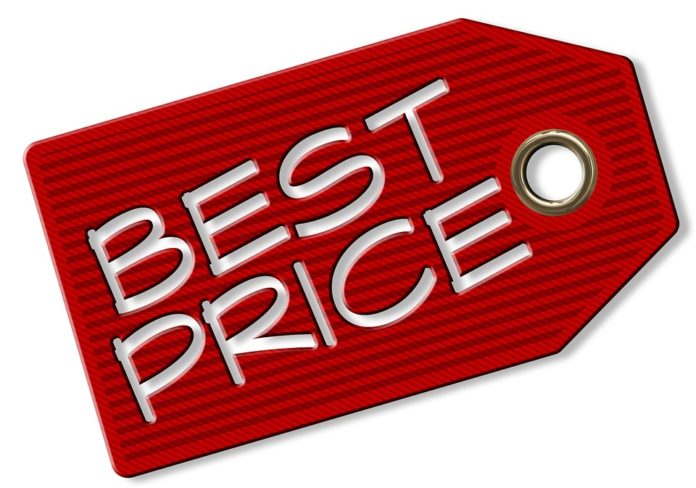A sound pricing structure helps companies generate sales and build customer loyalty. The wrong pricing structure can leave businesses struggling to service customers and reach profitability. When you need to determine what to charge for your products and services, steer clear of these common pricing mistakes.
Underselling
To set realistic prices, you need to be aware of all costs involved in producing your product or service. This includes easy-to-track costs such as the price of parts and supplies, as well as less tangible costs associated with the skills and knowledge you bring to the table. Some entrepreneurs set prices that do not account for all of these expenses.
They may forget to add in overhead such as utilities or rent or have difficulty putting a price tag on the value of their time. One approach service-based businesses use to determine a fair rate for their offerings is to set an hourly wage to charge for services. They then multiply this figure by the total number of hours it takes to complete a job to determine a project’s overall price.
Following the competition
Basing your pricing structure on the competition’s can be dangerous because the costs competitors use to calculate prices may have little relation to your own. They may pay suppliers less or more than you do, buy different technology, and have larger or smaller marketing budgets.
7 Bargaining Tips to Use When Shopping
That said, it does pay to know how much competitors charge so you can confirm that your prices are realistic for the market. If you notice your figures are much lower than competitors, check to be sure you haven’t left something out of the pricing equation.
Competing on price
Setting prices solely to beat the competition is a shaky proposition. You’re bound to attract buyers this way, but they are unlikely to be loyal customers. If low cost attracted them to your business, they may abandon your company when a less expensive option comes along.
A better approach is to differentiate your business from competitors in other ways, such as superior customer service, enhanced product features, or finer quality.
Waiting too long to raise prices
Increased demand or the rising cost of supplies may put you in the position of having to decide whether or not to raise prices. Some business owners avoid increases because they fear customers will react negatively.
Five major mistakes that killed once giant businesses
In many cases, it’s a better strategy to make regular, small price increases than to hit customers with one large increase. In other words, a 10 percent price increase is likely to draw more negative attention than two 5 percent increases.
Dropping prices without changing delivery
Some clients may try to finagle a better deal from your company. This can put you in a difficult position, especially if you run a service-based business. Delivering an agreed-upon order for a lower price can inadvertently send the message that your initial prices were too high, and all future business is open to price negotiation.
A better approach is to agree to a lower price but change the delivery terms slightly. For example, if you’re negotiating the price for a three-month-long technical installation, you might agree to a lower project cost if the number of weekly meetings is reduced or monthly reports are streamlined. Another option that makes sense for large orders is to position lower rates as volume discounts.
Setting random prices
Some customers may insist upon having an understanding of how your pricing structure is designed, so it is critical to be able to justify the prices you charge. In addition, unless you have a clear sense of how costs relate to your prices, it will be difficult for you to identify when the right time is to adjust the amount you charge.





